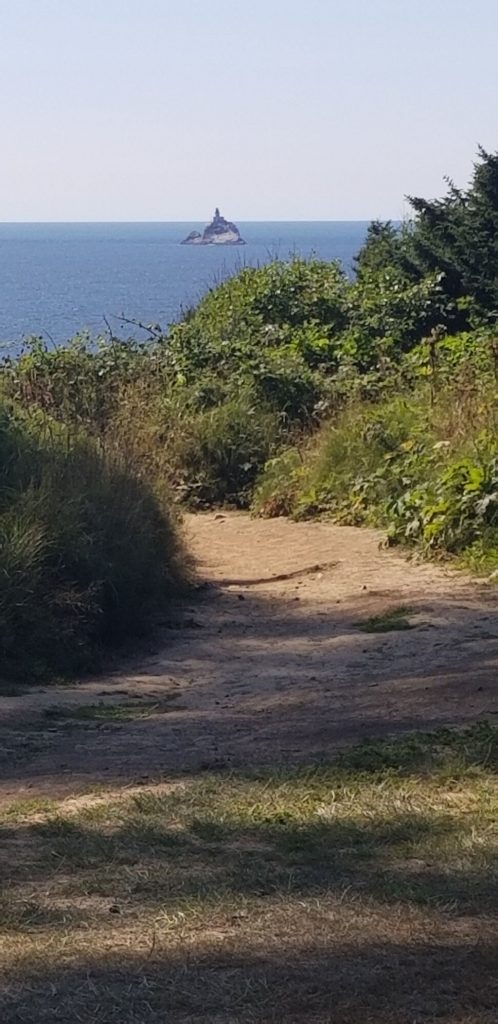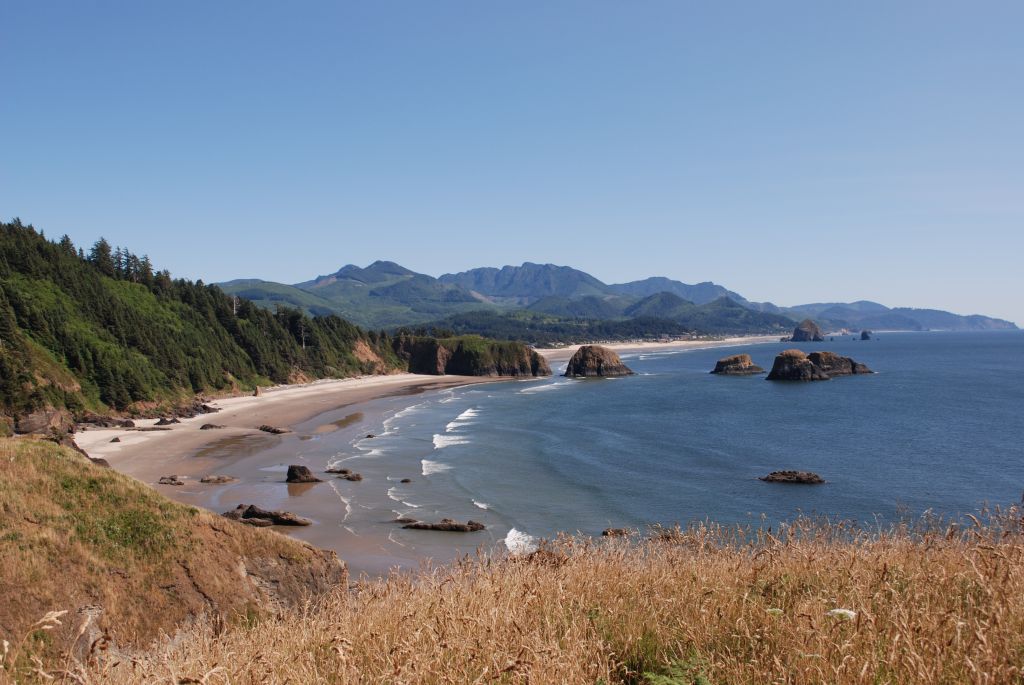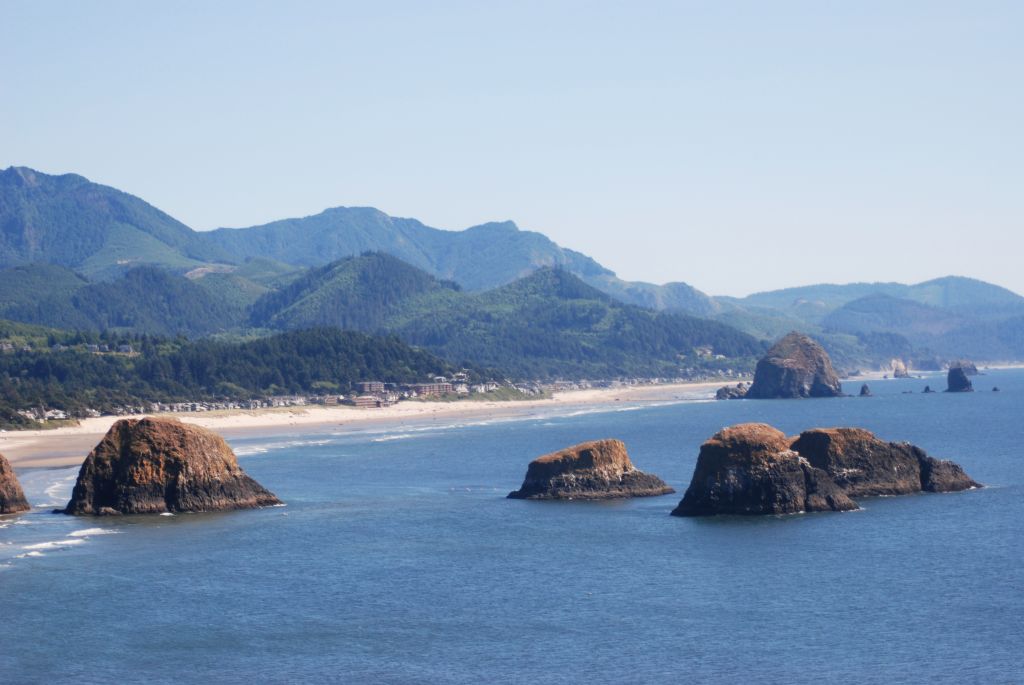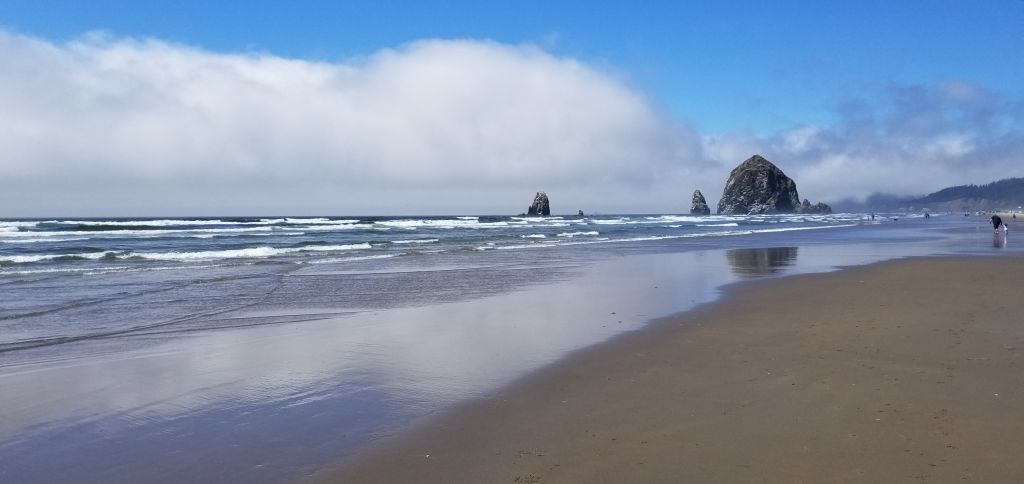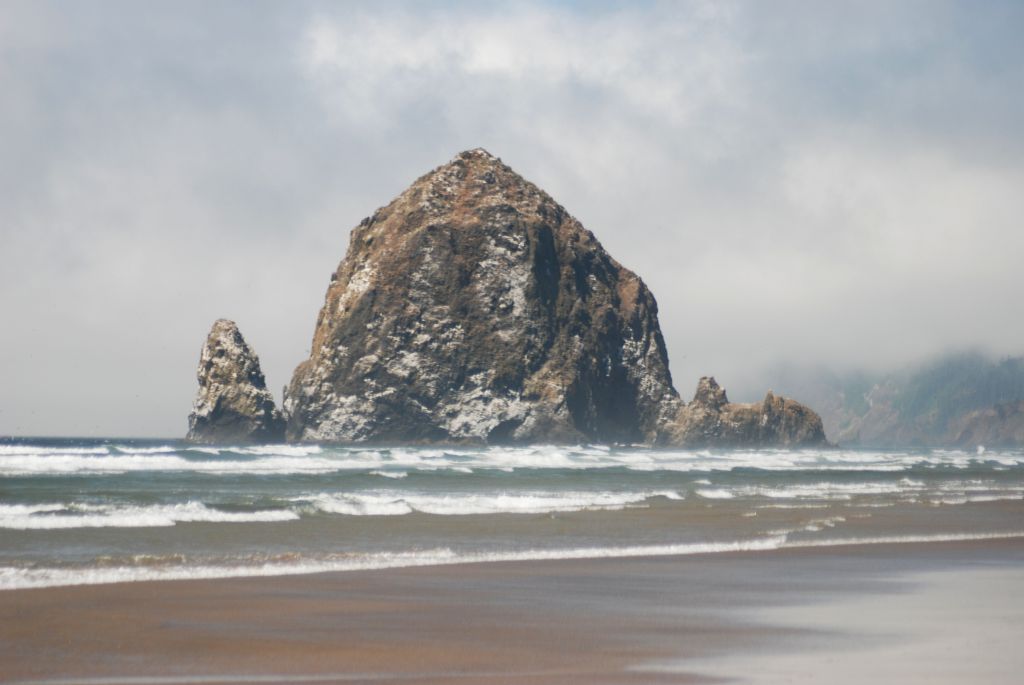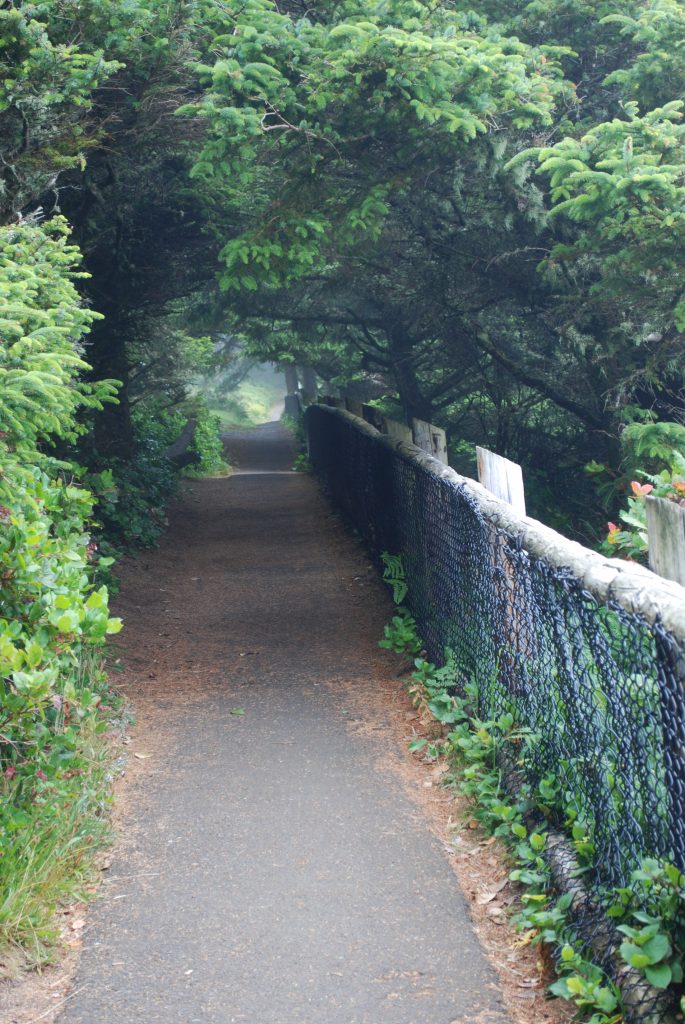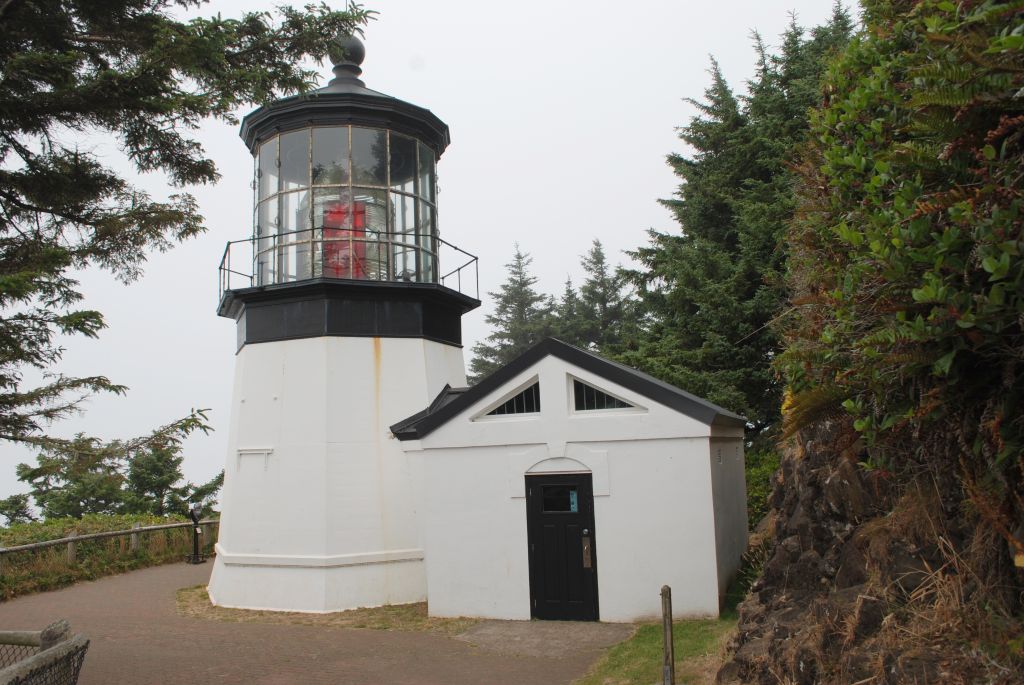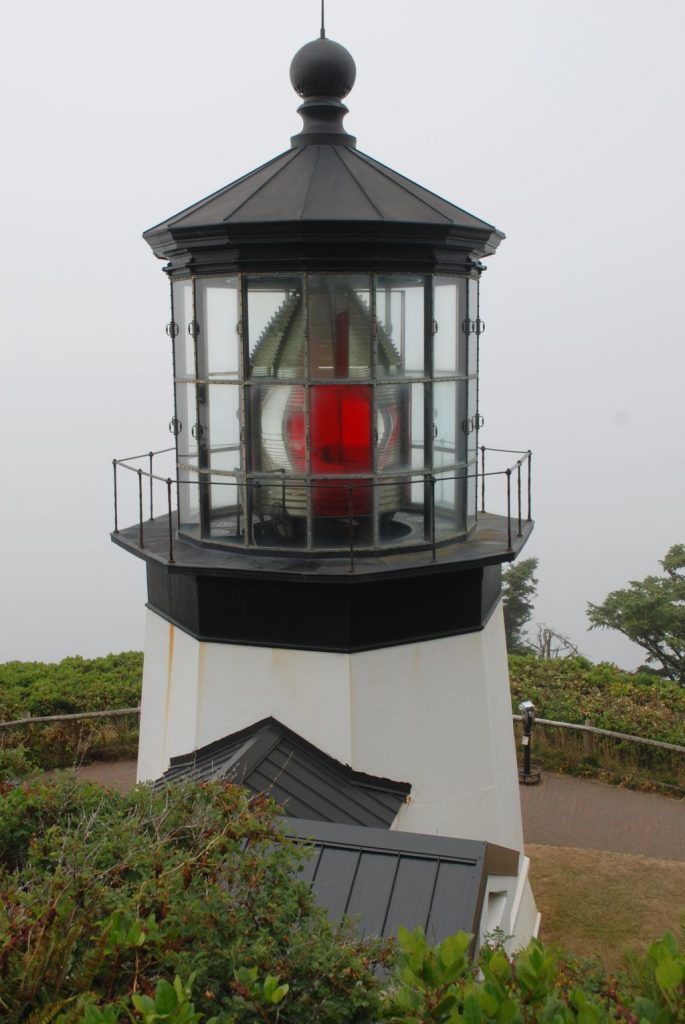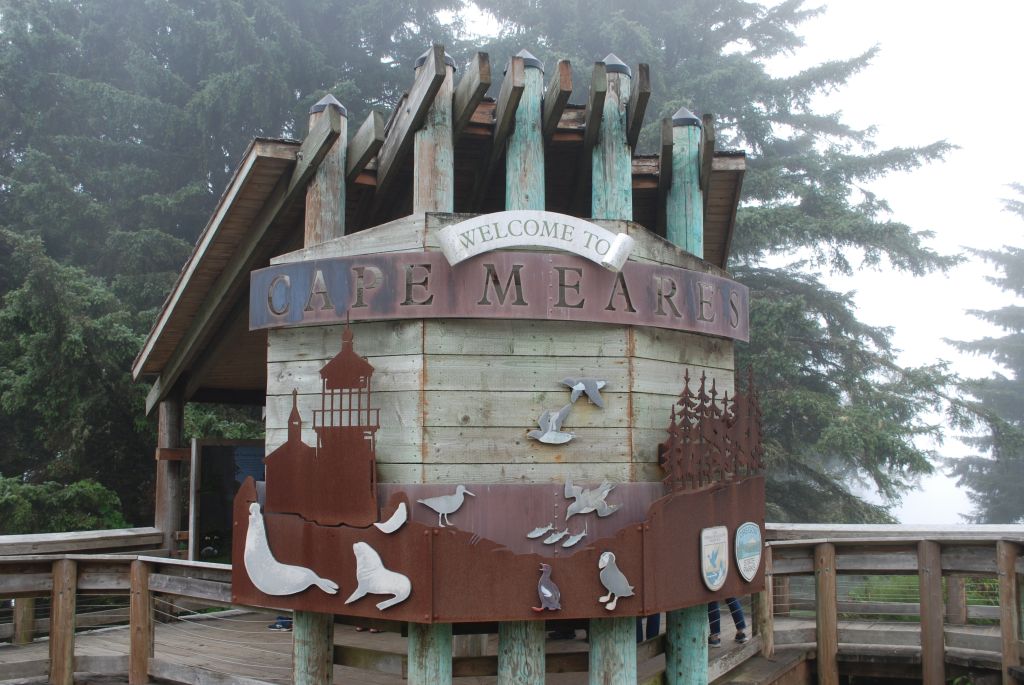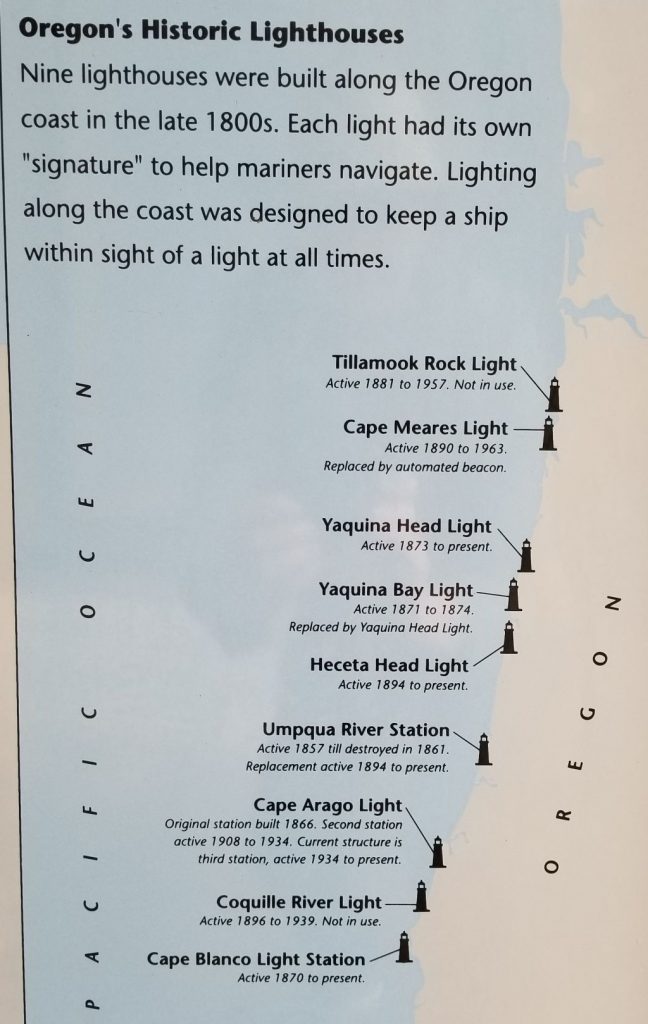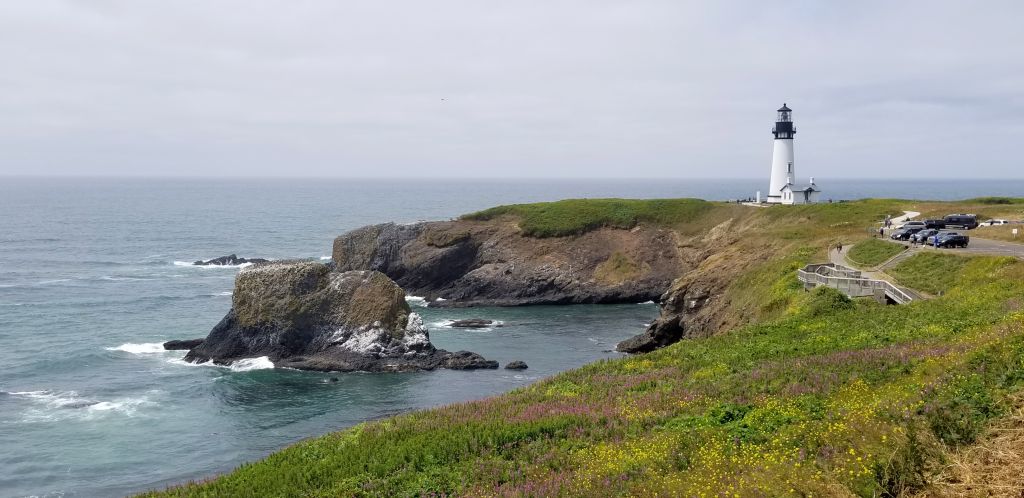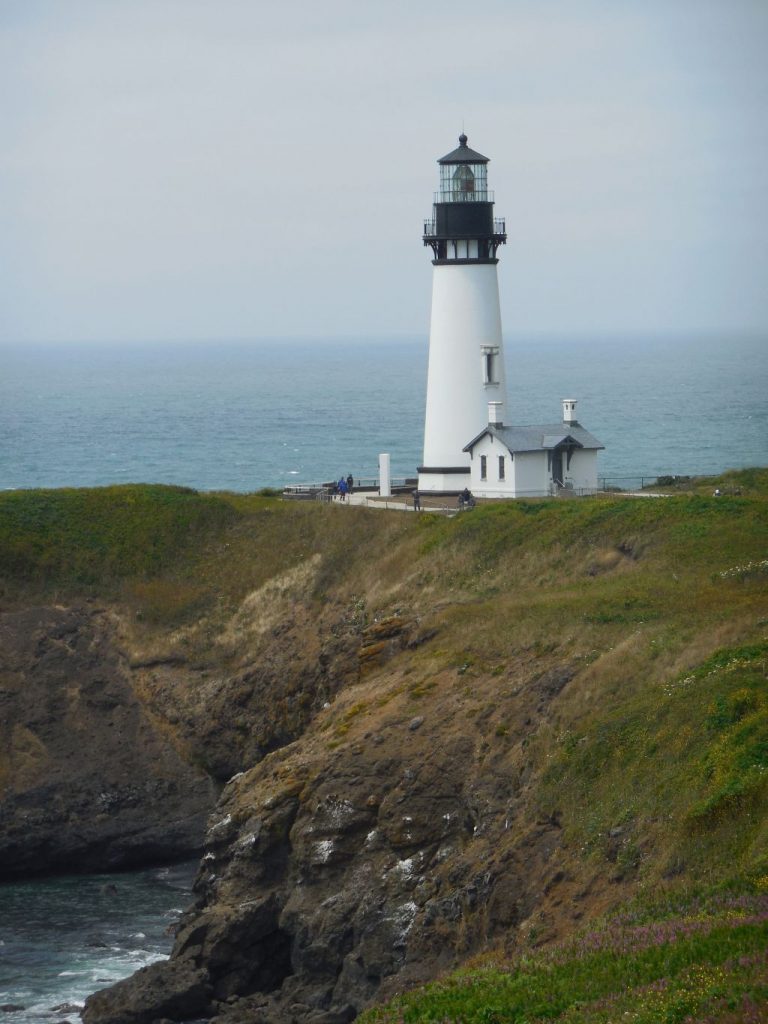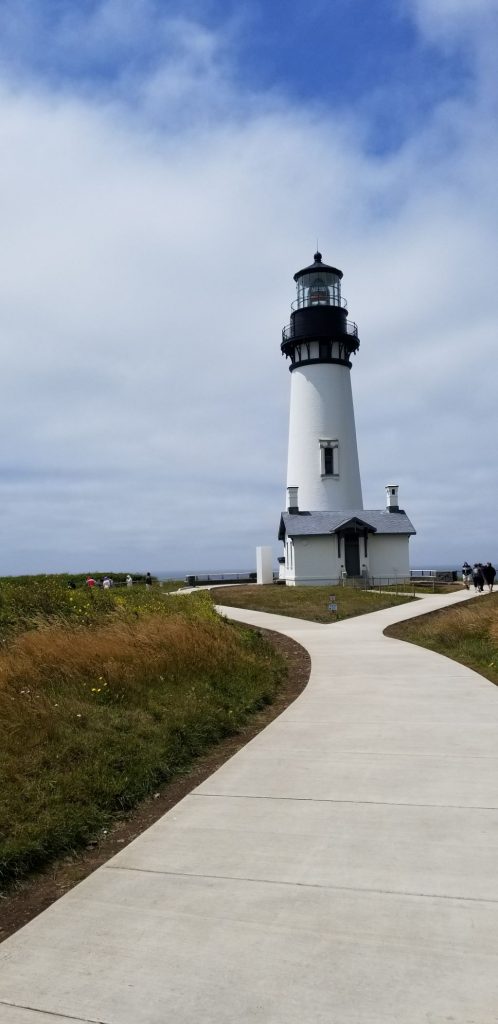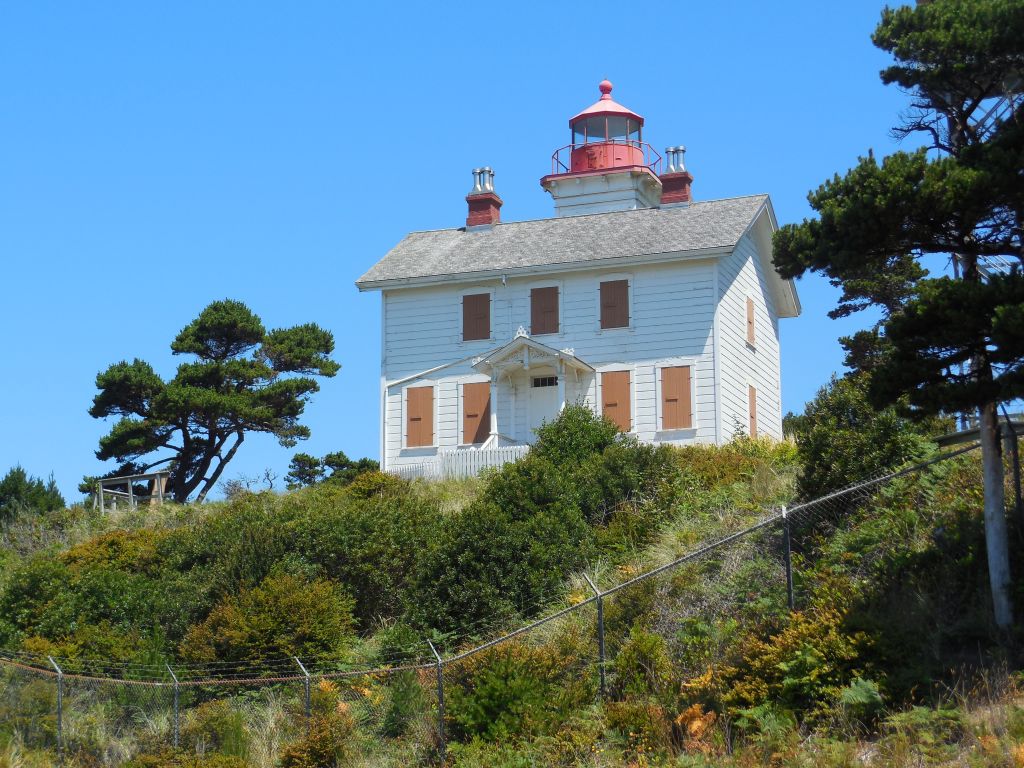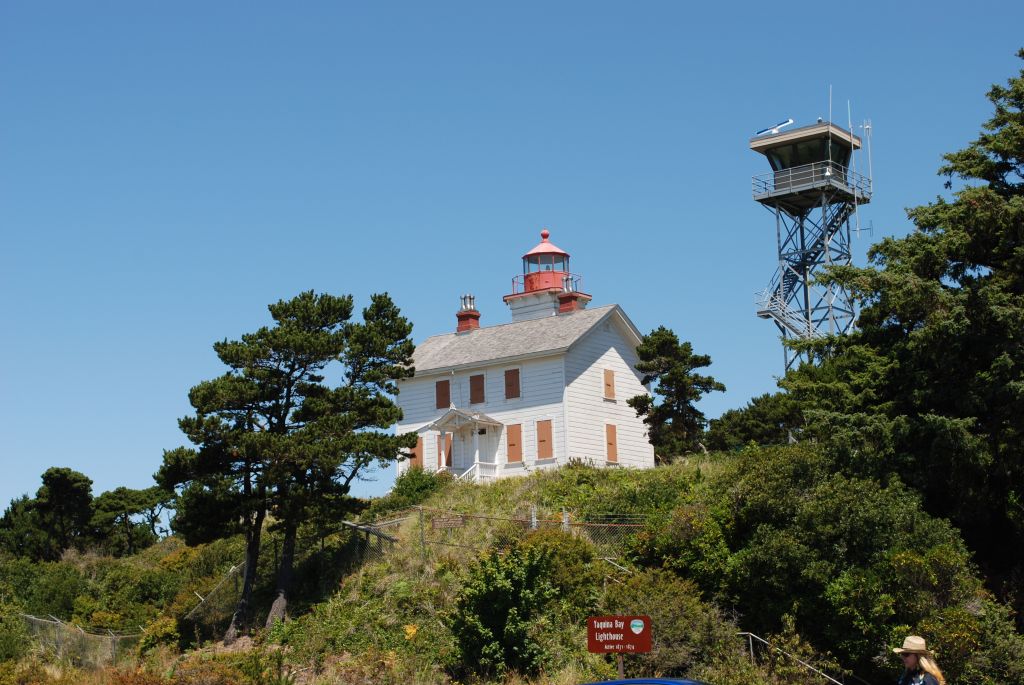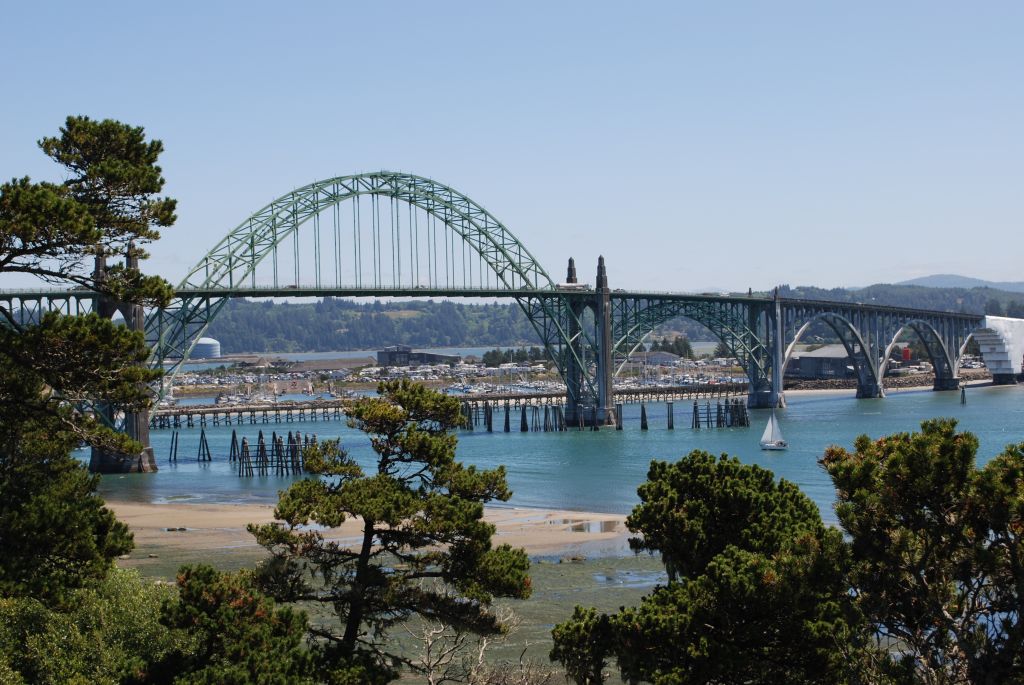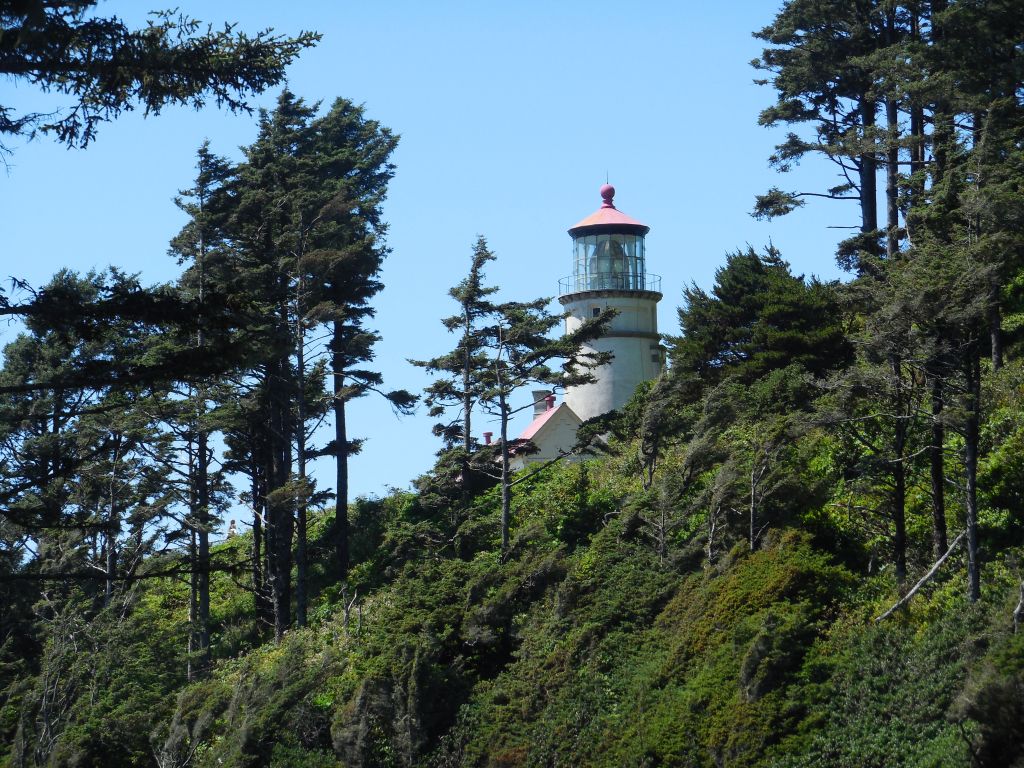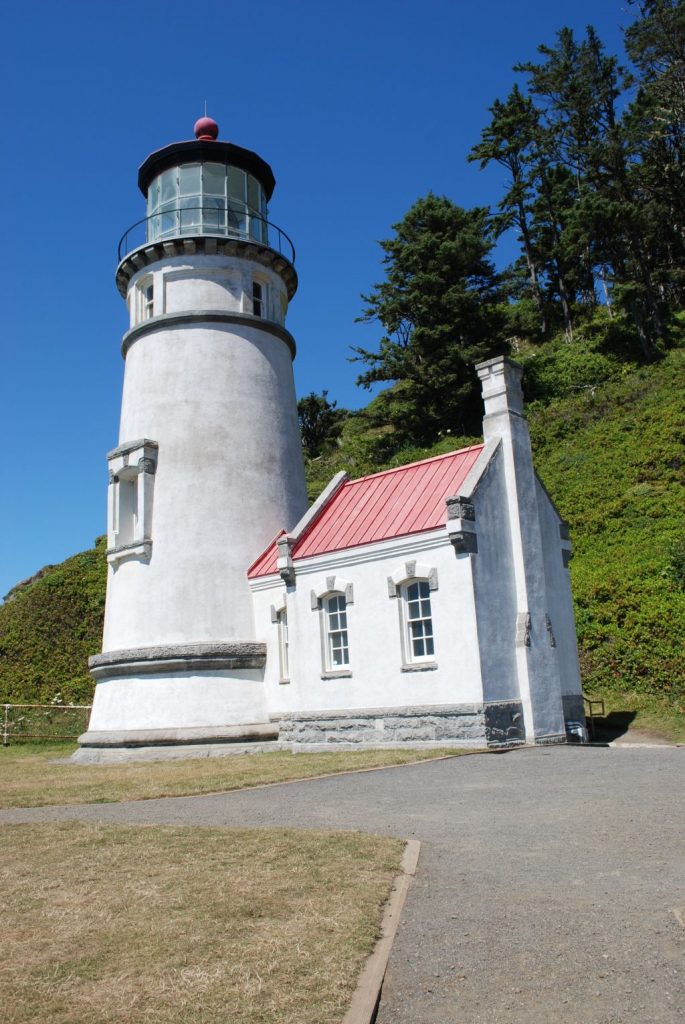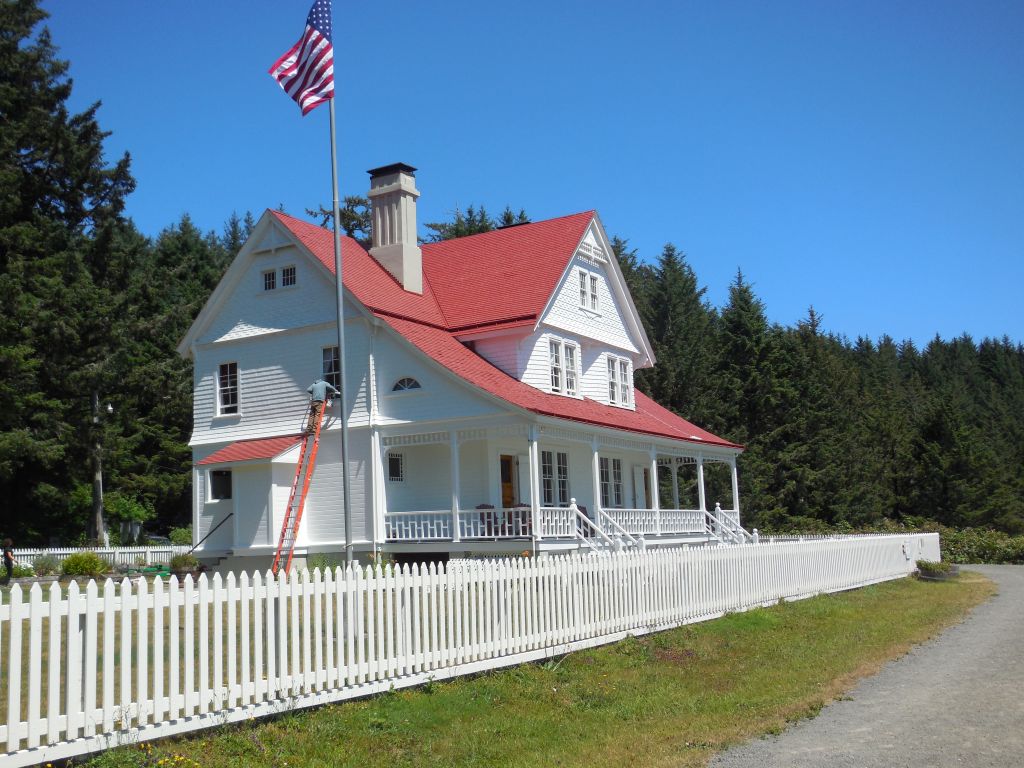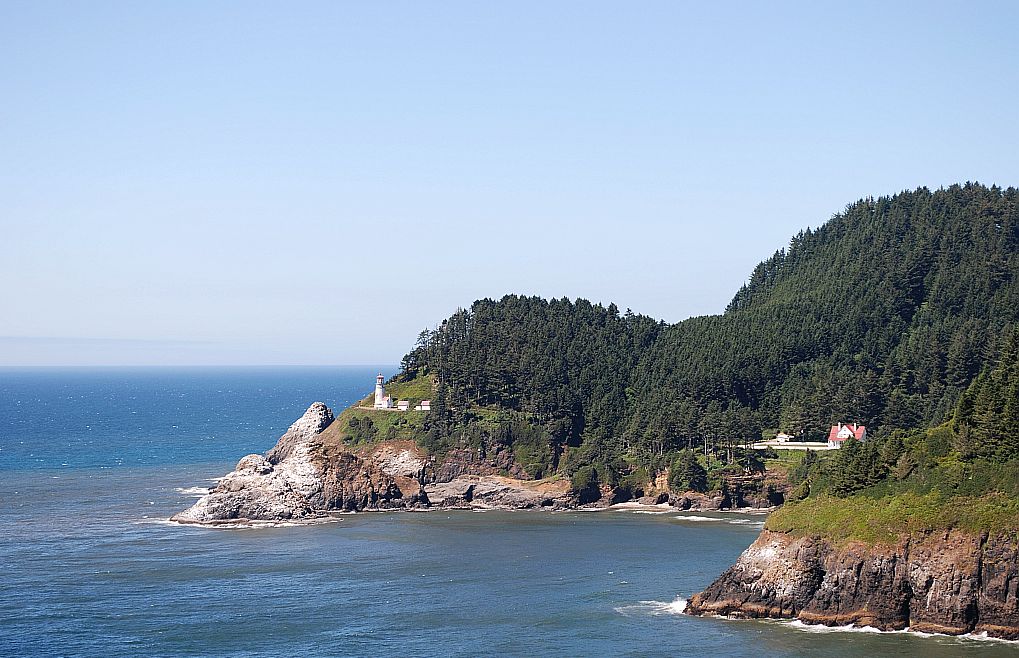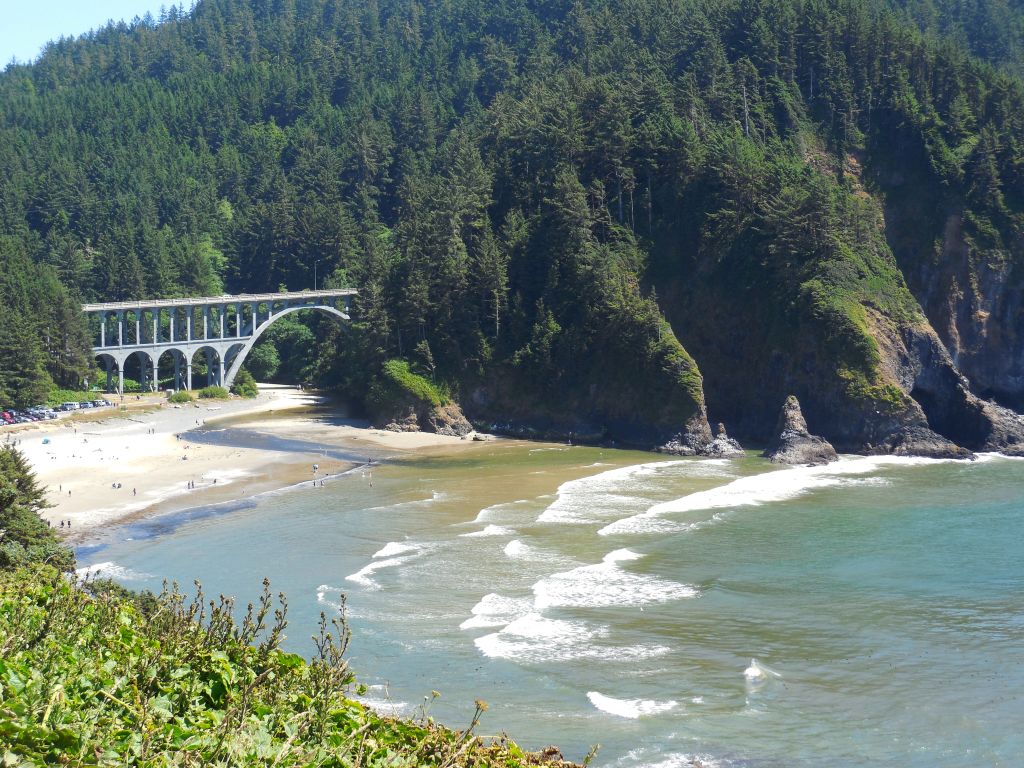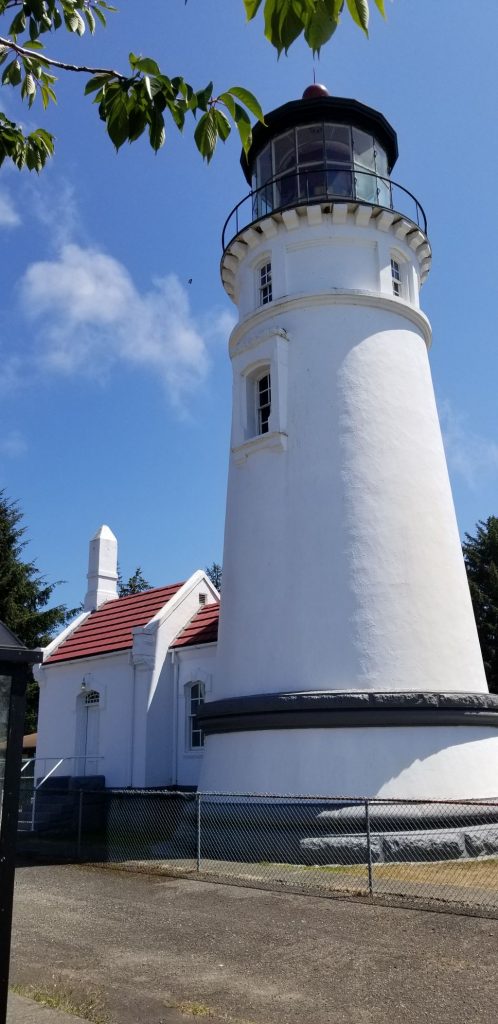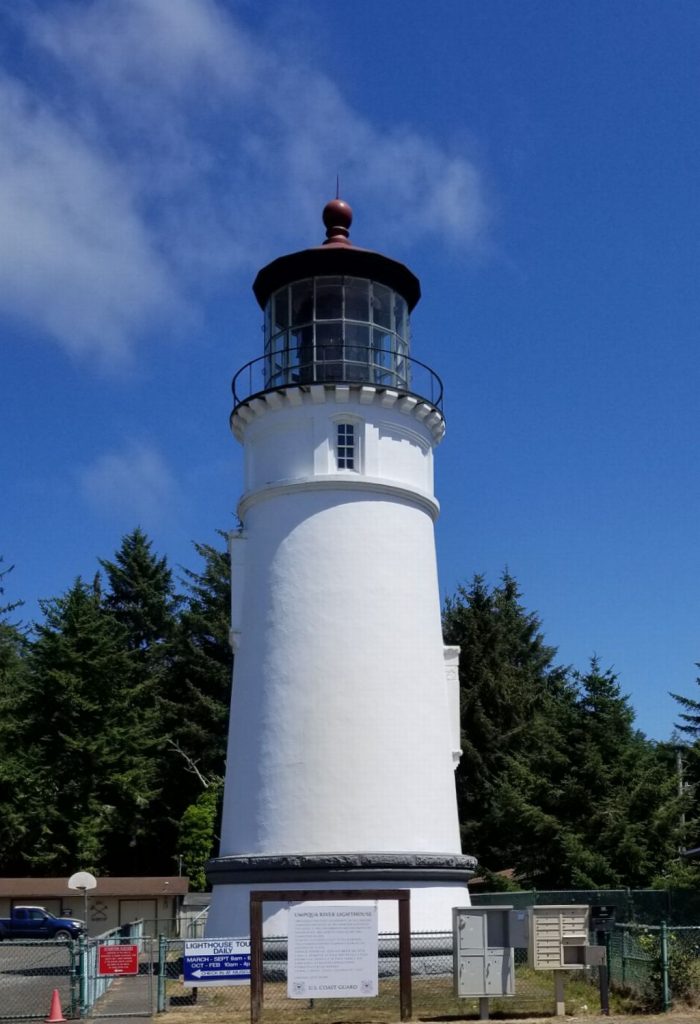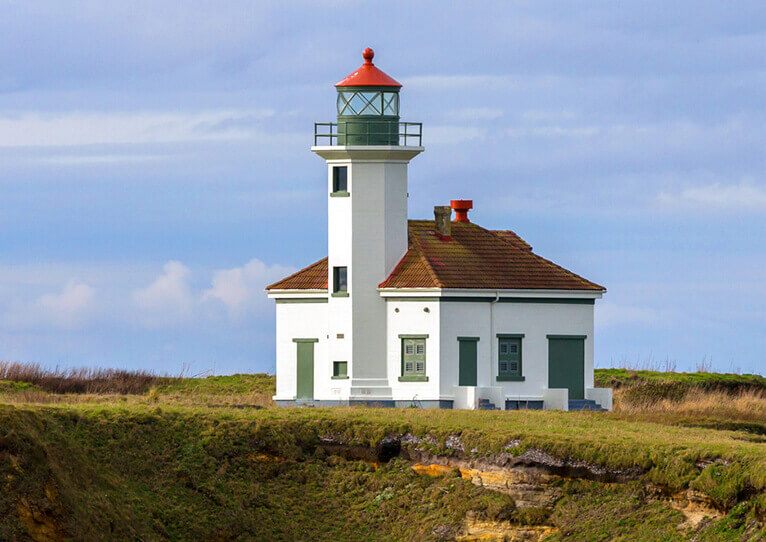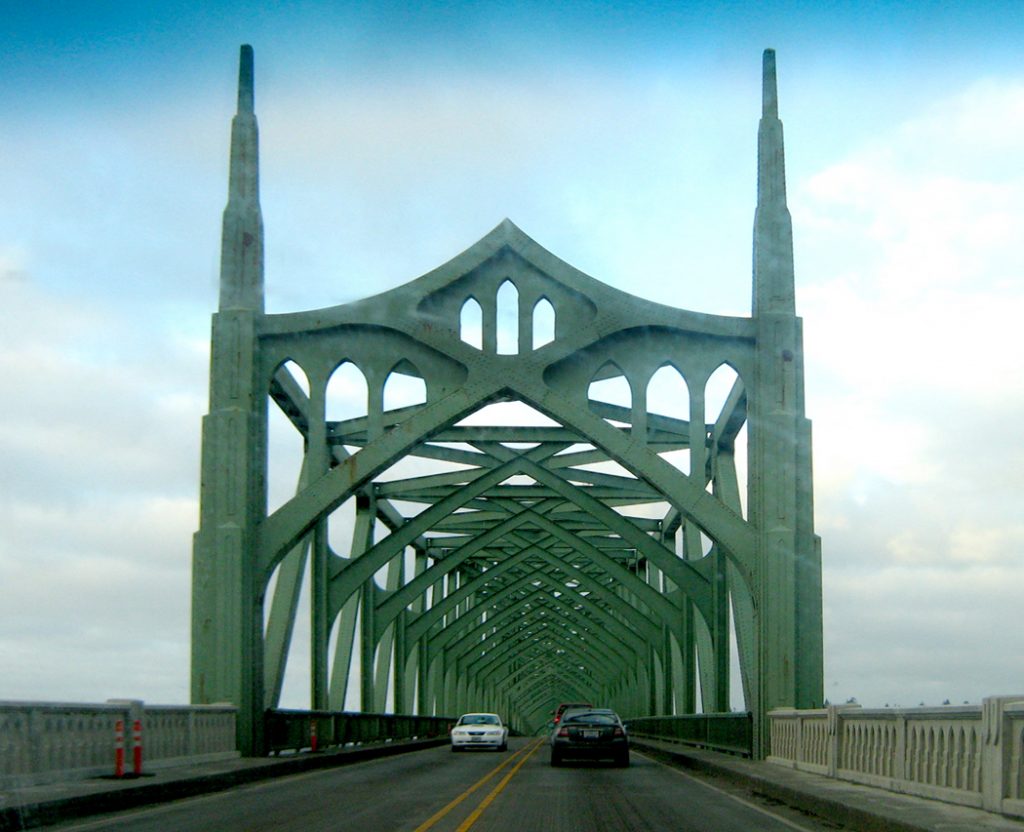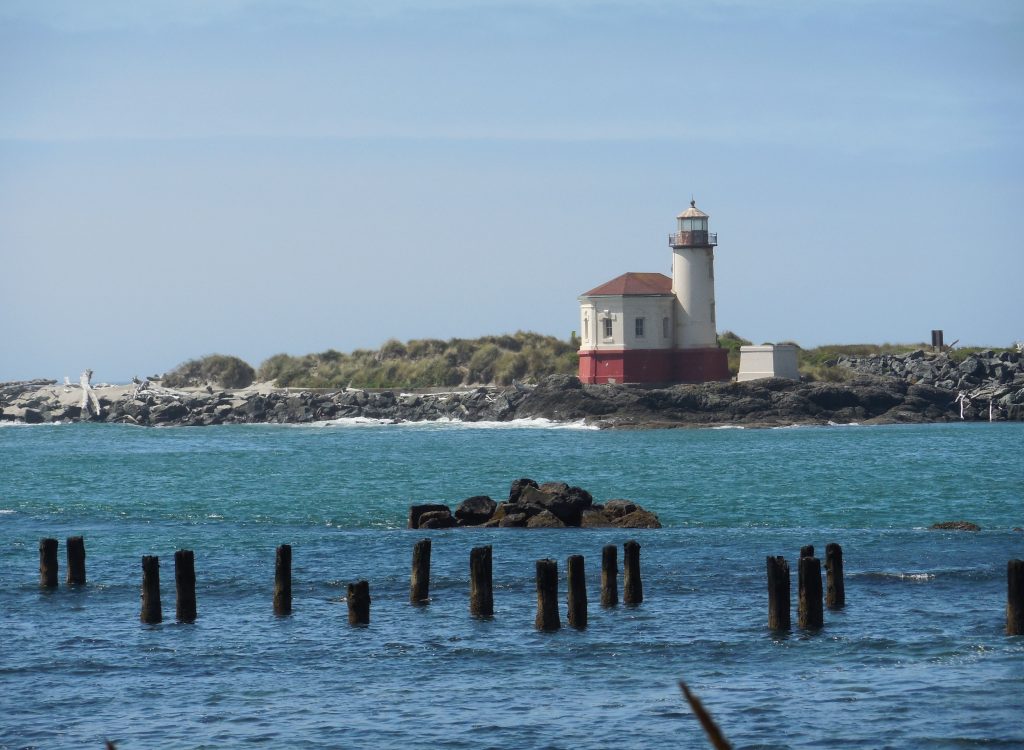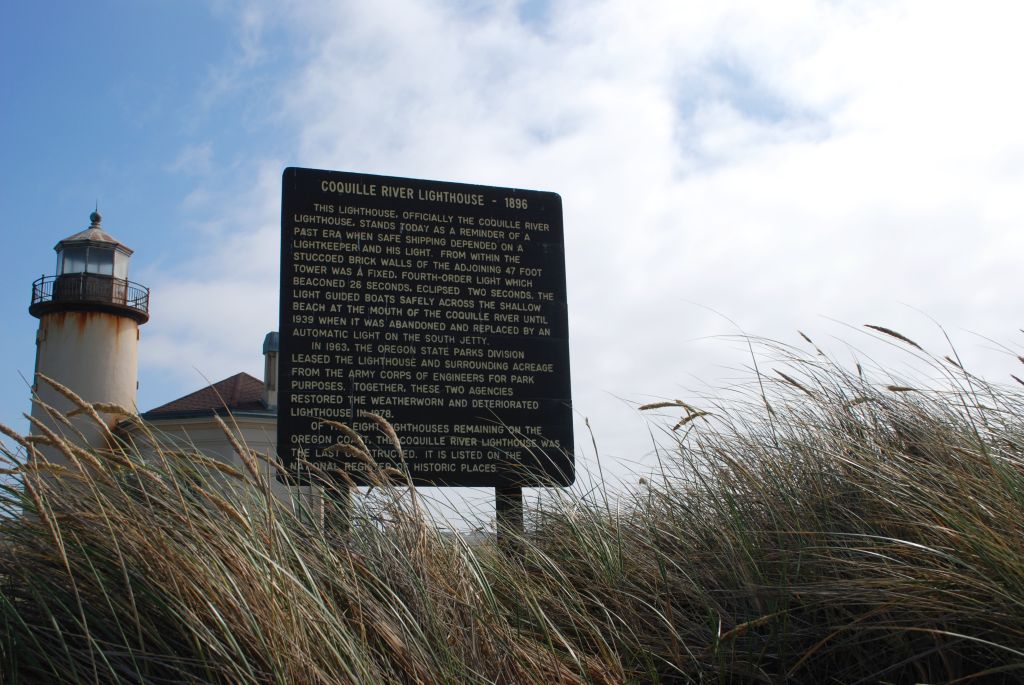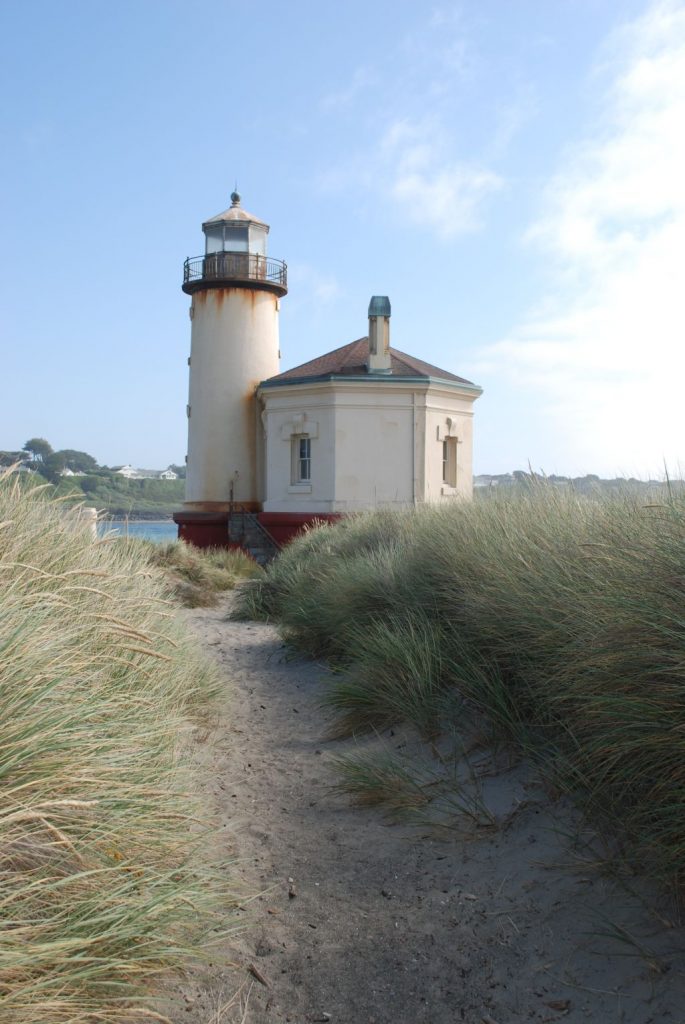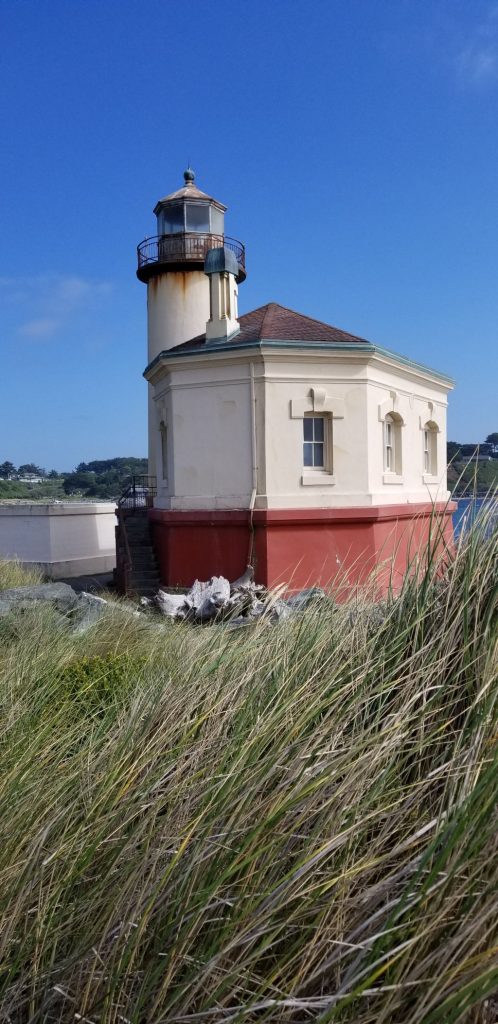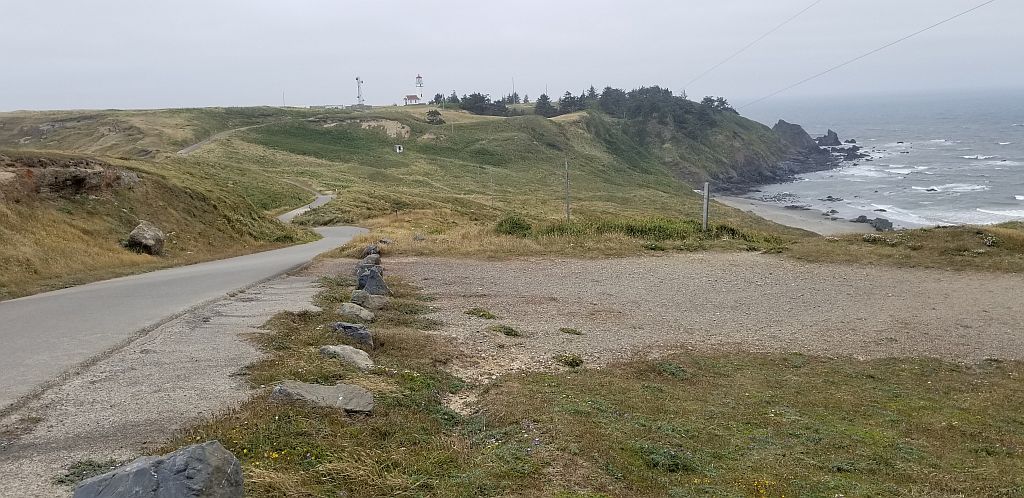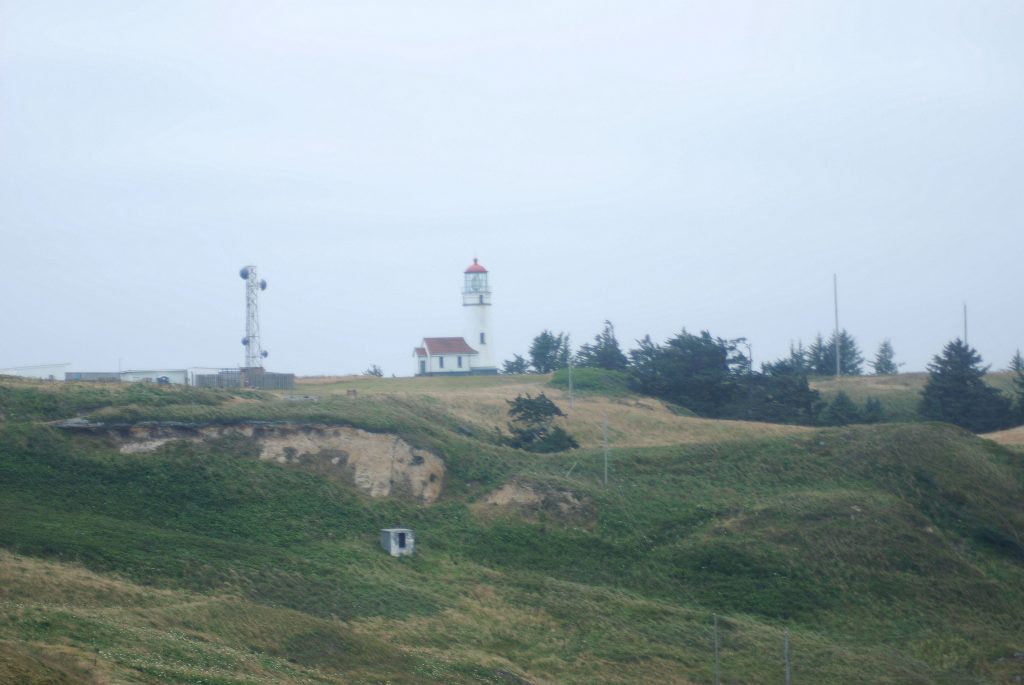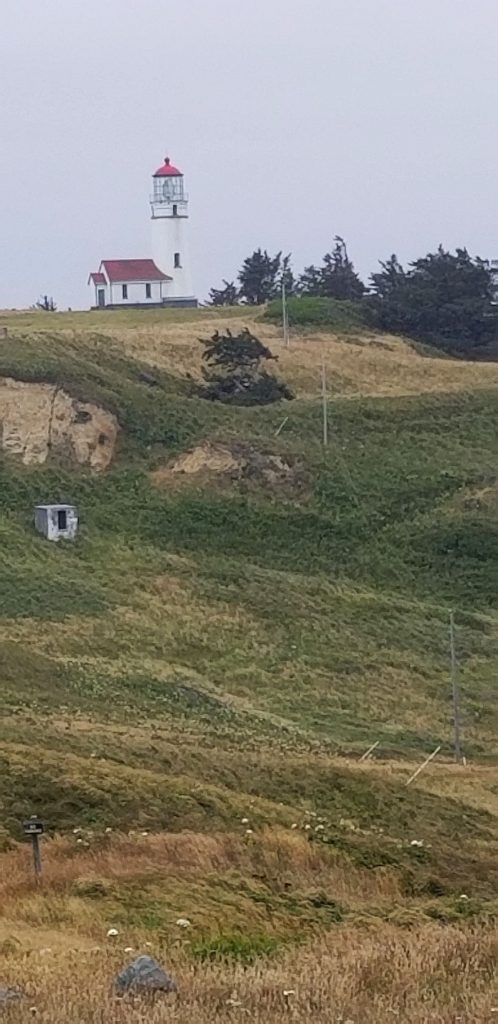Crescent City lies on the northern coastline of California just 20 miles south of the Oregon border. We drove north on Highway 101 from our campground in Klamath to Crescent City one afternoon to see the quaint little town and lighthouse.
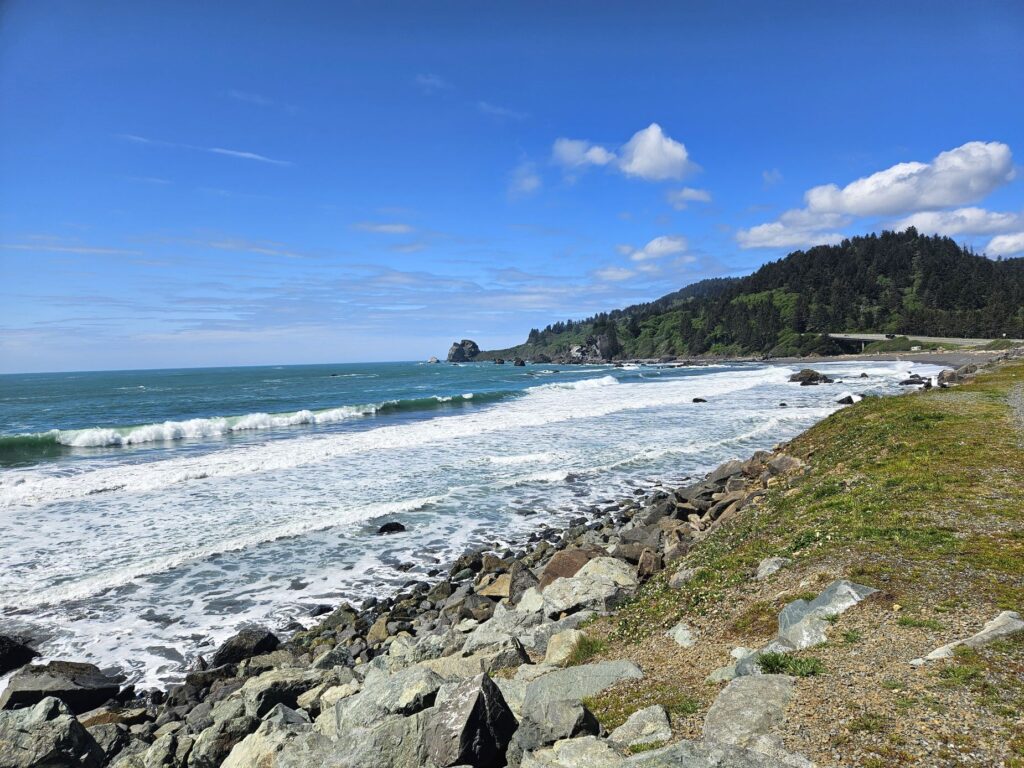
Along the way we saw large rock formations jutting up from the ocean near rocky beaches. The water was such a beautiful blue that day.
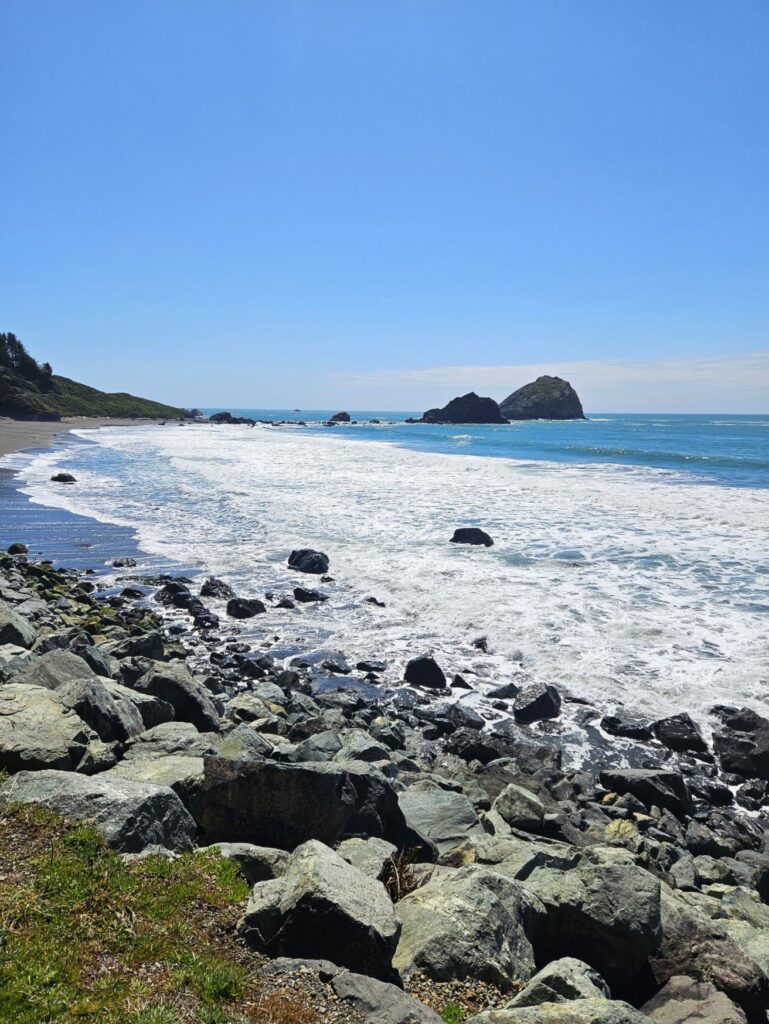
There is always plenty of driftwood on these beaches because the tree line comes to the edge of the ocean.
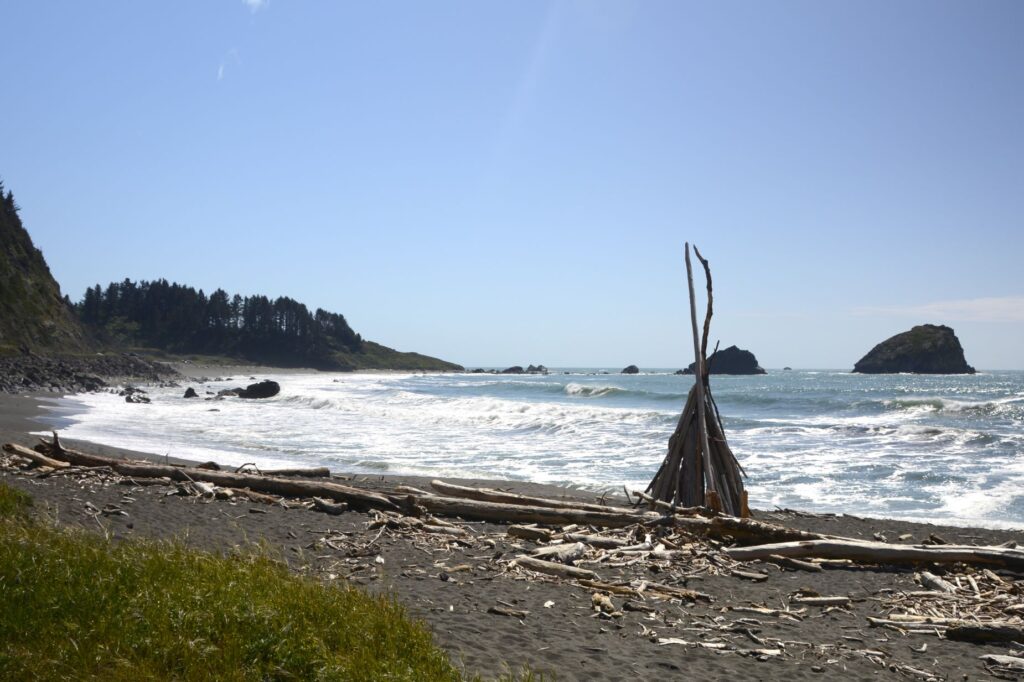
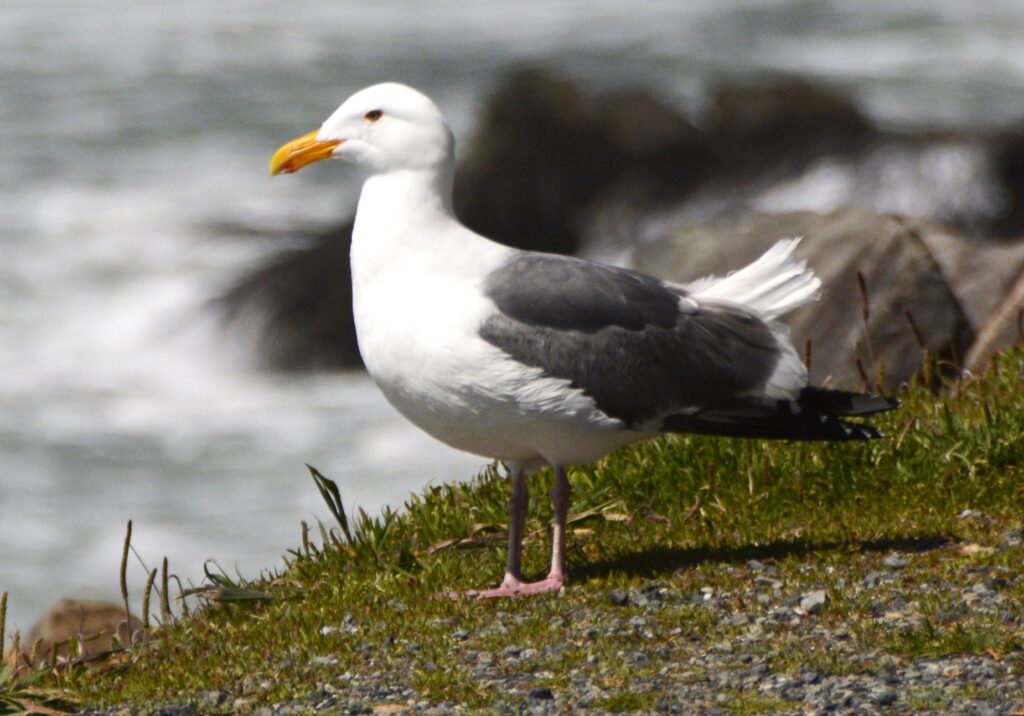
Birds of all kinds love the safety of the rocky ledges and rock formations out in the ocean where they make their homes. There’s always plenty to eat along the water’s edge. Sea lions also like the rocks for sunning themselves.
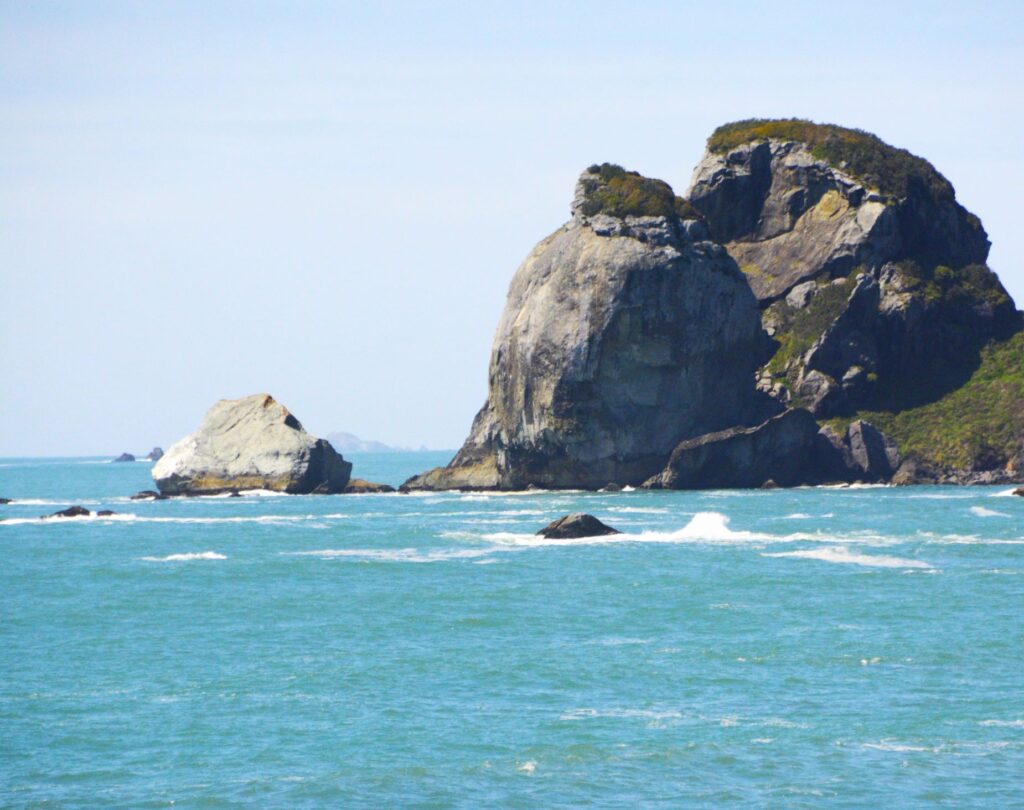
Crescent City, so named because of its crescent shaped shoreline, was partially destroyed in 1964 from tsunami waves from the Alaskan Earthquake. The city installed a breakwater in 1957 to protect against future tsunamis. However, in 2011, several boats and docks were damaged from tsunami waves from an earthquake in Sendai, Japan.
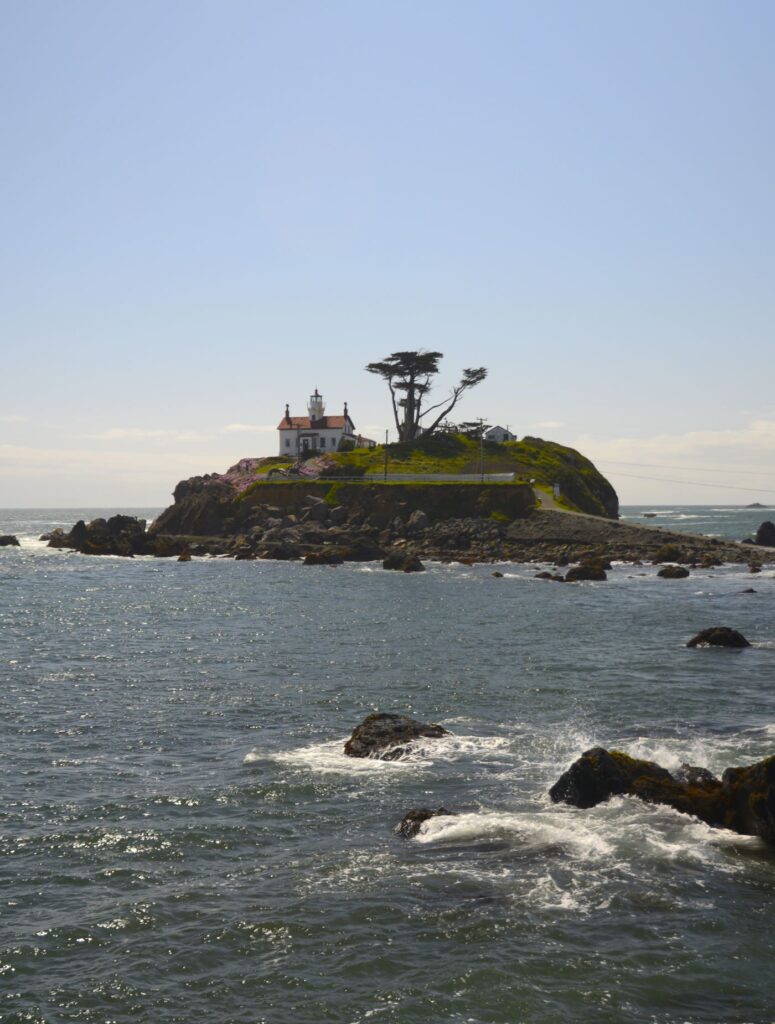
During the 1964 tsunami, the resident lighthouse keepers were stranded inside the Battery Point Lighthouse. Built in 1856, this lighthouse still stands strong. It is still active and serves as a private navigational aid.
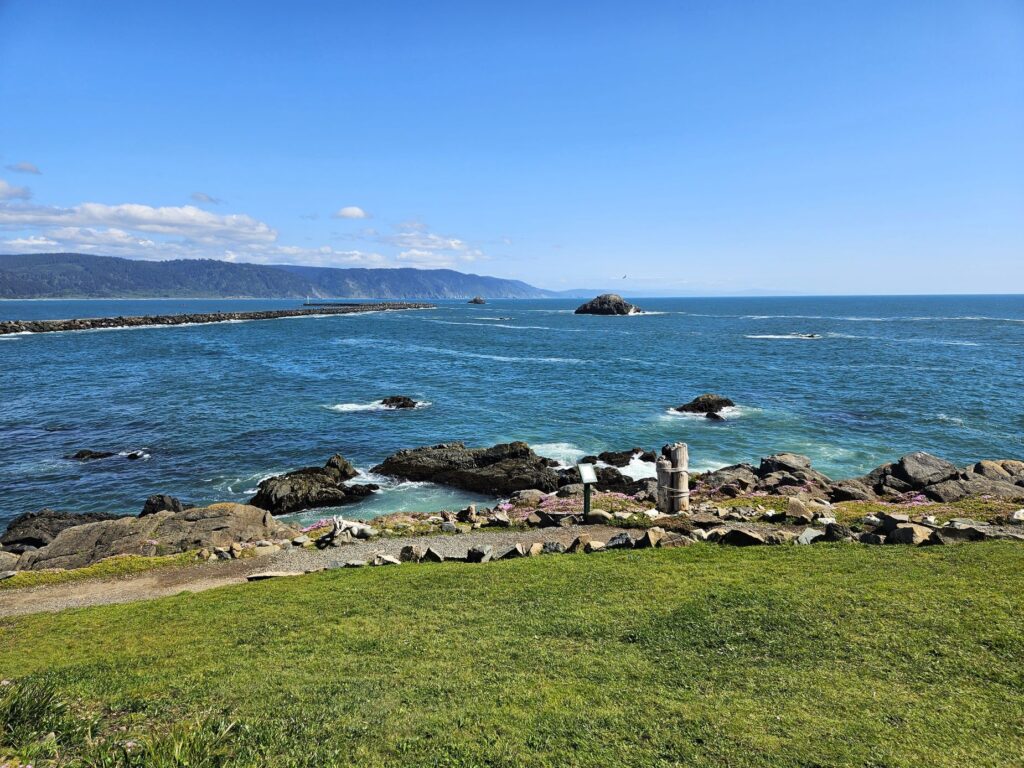
We walked out on the jetty to get a long-range view of the lighthouse. Signs warned us of sleeper waves that may crash over the jetty unexpectedly. We didn’t get wet, but a few waves splashed up on the jetty.
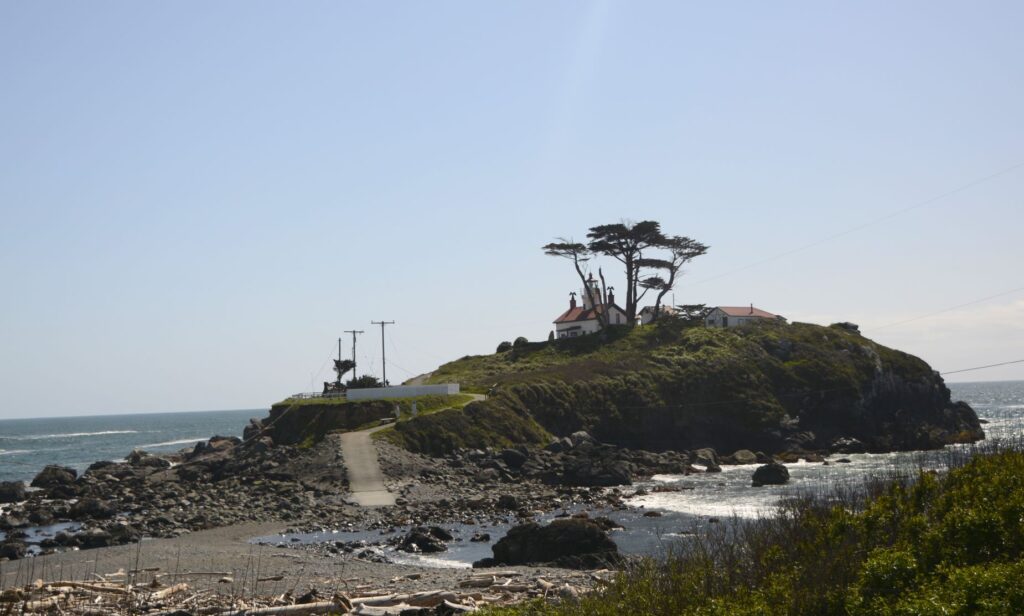
We arrived at low tide, which is the only time the lighthouse is accessible by land. However, we were unable to go inside the lighthouse because it was was closed.
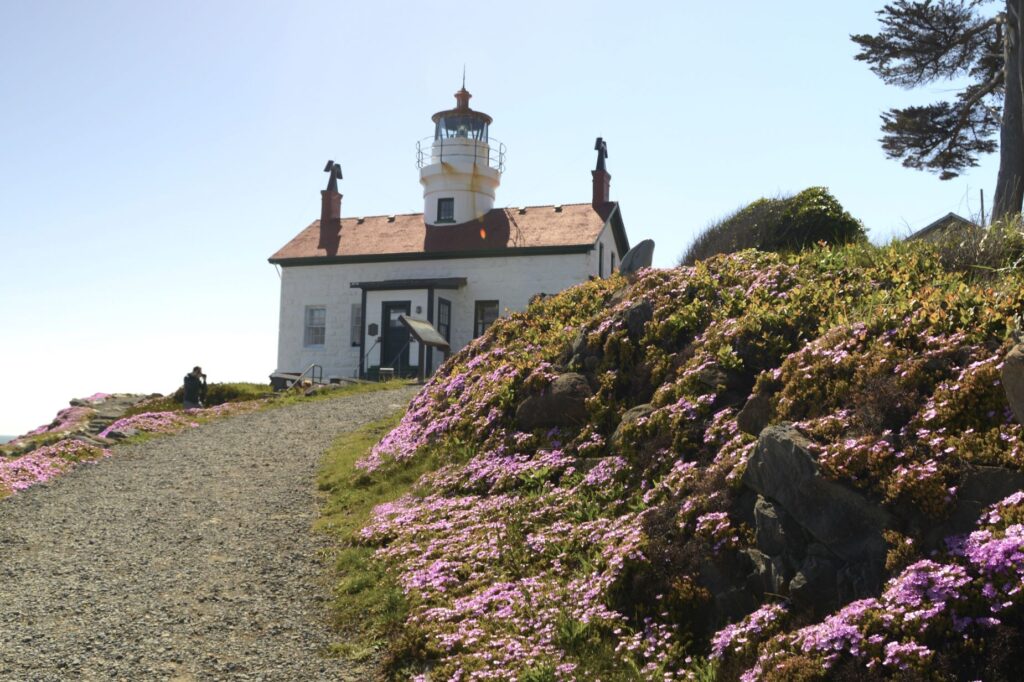
The Battery Point Lighthouse was automated in 1953, but decommissioned from the Coast Guard in 1965. It was re-activated as a private aid to navigation in 1982.
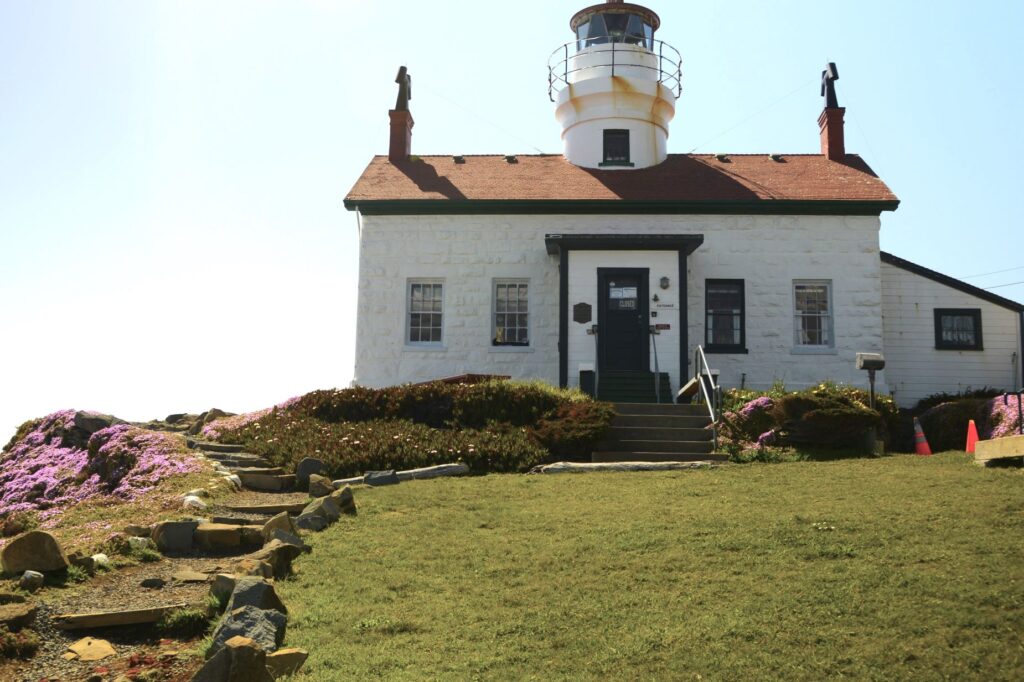
Fishing, crabbing, tourism and timber are the major industries in Crescent City. A carving outside the lighthouse pays tribute to their seafaring people.
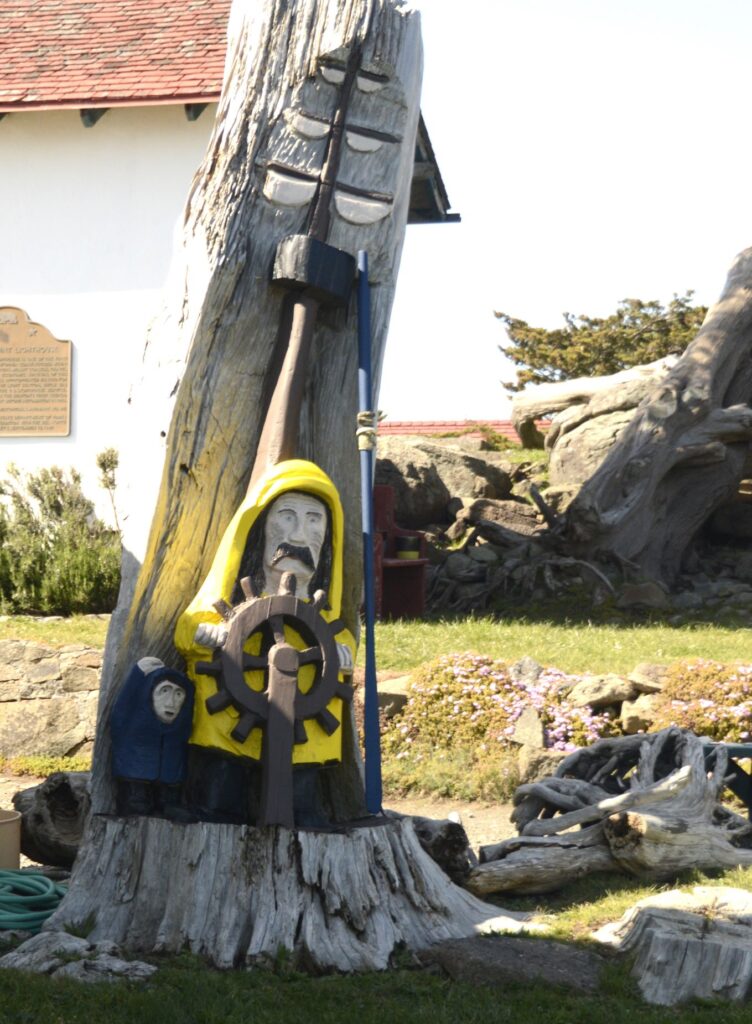
It was springtime at the lighthouse and the spreading phlox was brilliant with bloom. The Monterey Cypress trees are native to the California coast. They do well in the cool climate.
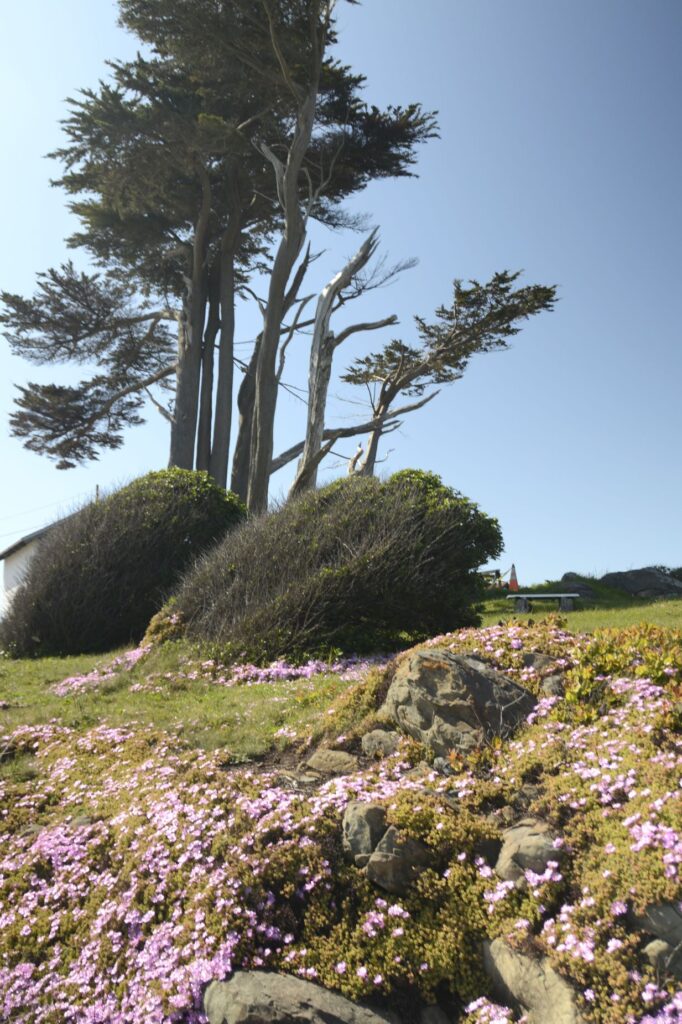
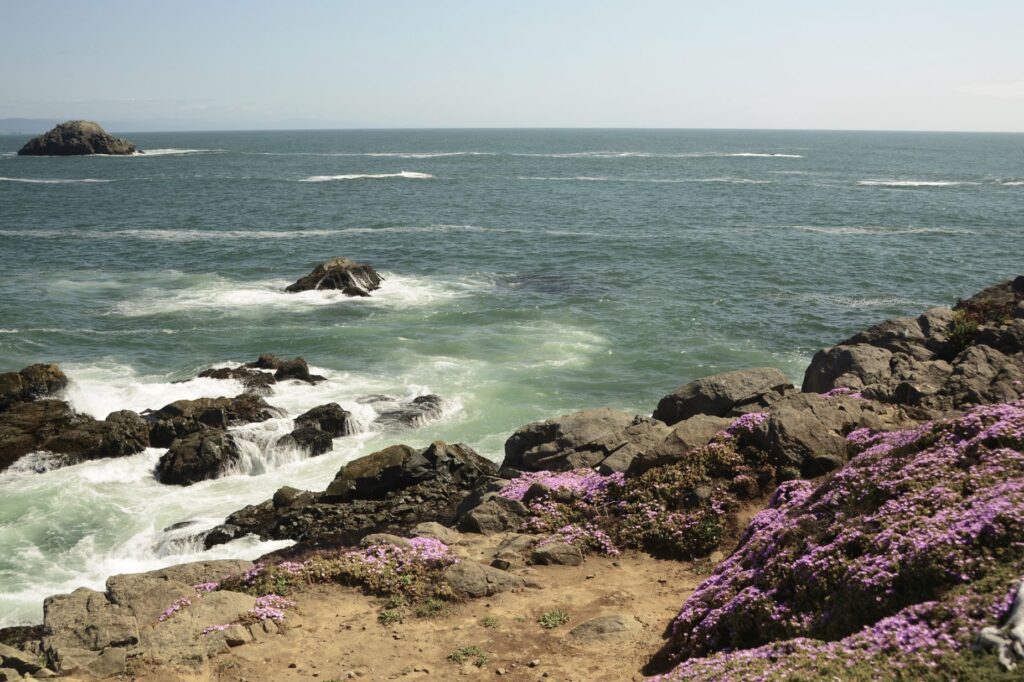
The color of the sea changes with the weather. On clear days, the water is a turquoise blue, and changes as the mist forms in the afternoon.
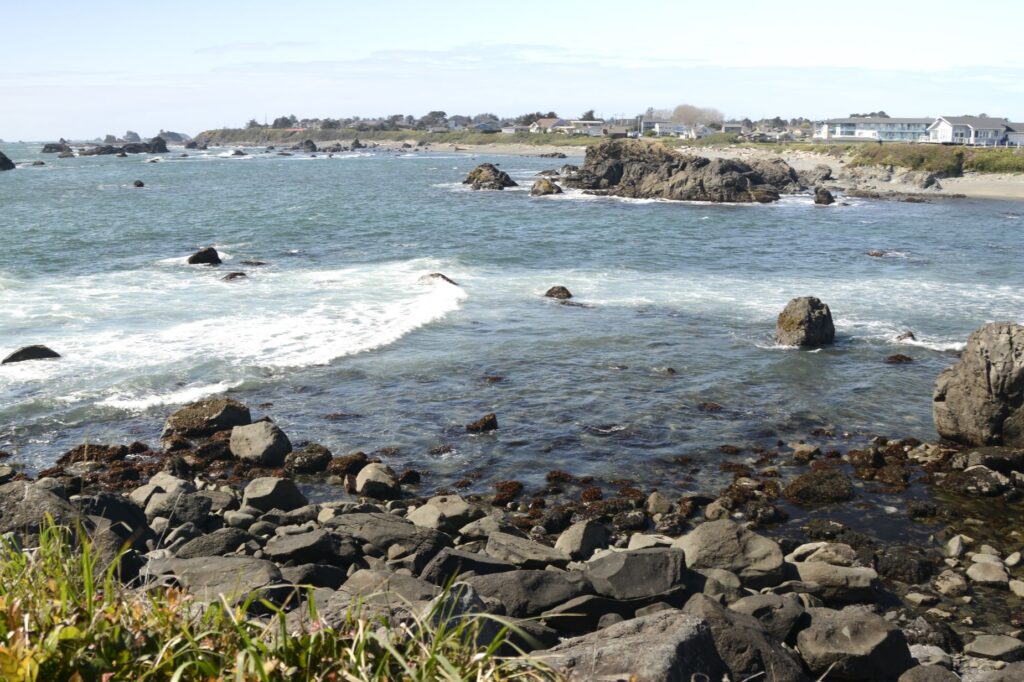
As we drove back to our campground in Klamath that afternoon, the sun came out. We stopped at this overlook to get one last shot at the beautiful California coastline.
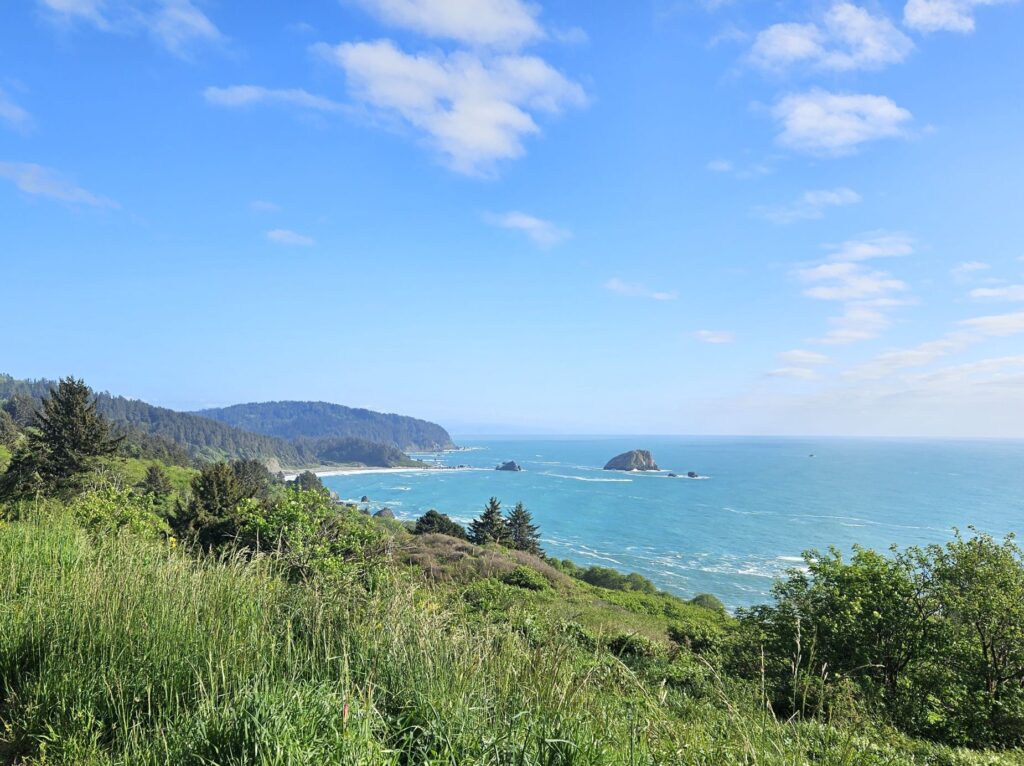
“The sea is His, for it was He who made it,
And His hands formed the dry land.” Psalm 95:5














